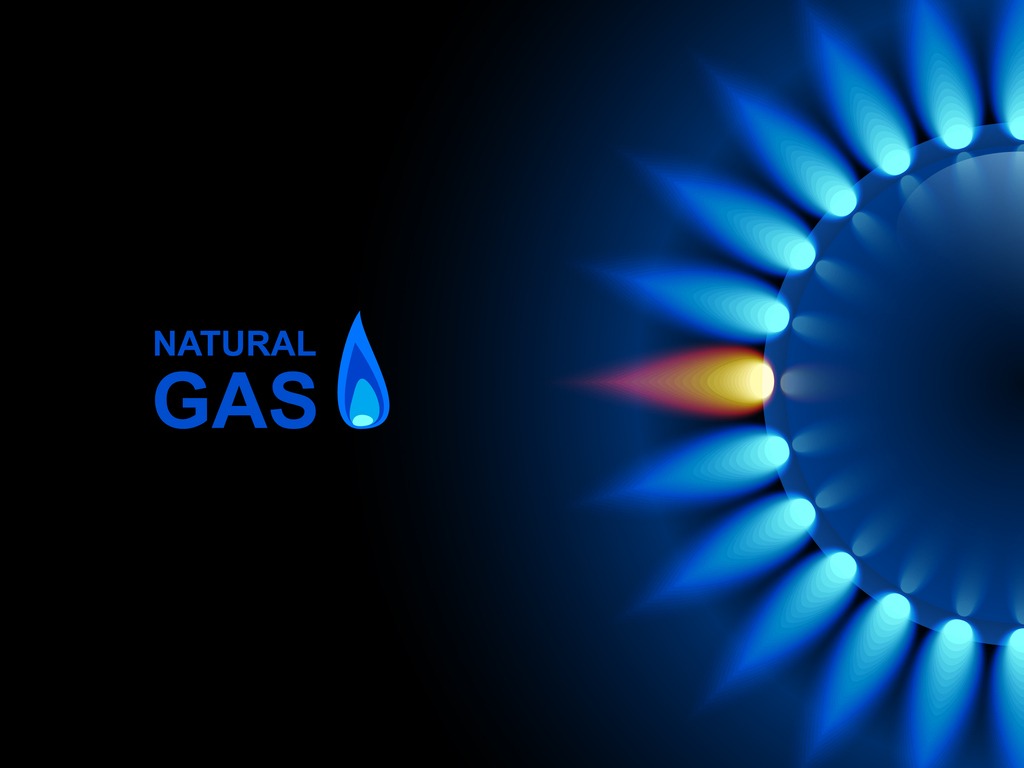
U.S. natural gas futures (NGJ24) soared by about 13% right after Chesapeake Energy (CHK) announced, on Feb. 21, that it would slash its natgas production levels level by nearly 30% in response to sliding gas prices.
Chesapeake is soon be the biggest U.S. natgas producer, following its merger with Southwestern Energy (SWN). More on that in a moment.
Record Production Pressures Natgas Prices
Chesapeake said the market is "clearly oversupplied," which has contributed to a price drop of about 30% for natural gas so far in 2024, after a 44% collapse in 2023.
On Feb. 20, the since-expired March futures contract settled at $1.576/MMBtu (million British thermal units). In nominal dollars, that was the lowest price for a front-month contract since the summer of 2020 - but in real, inflation-adjusted terms, it was the lowest price of the 21st century.
The reasons behind the fall in natural gas prices are pretty obvious.
The primary culprits are record-high production, which reached 106 Bcf/d (billion cubic feet per day) in December 2023, combined with one of the mildest winters since the 1950s in many major U.S. heating markets. As a result, gas storage levels are now more than 25% higher than the five-year average.
Chesapeake’s Strategic Shift
Among all of the major natural gas producers, Chesapeake has the boldest strategy to cope with this. The company’s 2024 guidance calls for a 31% decrease in drilling and completion capital spending, from $1.74 billion to $1.2 billion. It also said it will eliminate a rig in both the Marcellus (from four to three) and Haynesville (from five to four), and cut frac crews from two to one in both plays.
The end result will be about a 25% decrease in total 2024 production, from more than 3.6 billion cubic feet of natural gas equivalent per day (Bcfe/d) last year to less than 2.7 Bcfe/d this year.
Chesapeake’s strategy also substantially shortens the time and slashes the expenditures needed to respond to a sudden demand increase.
The company announced that its 2024 capital allocation plan involves building a substantial inventory of “deferred TILs” - wells that have been drilled and completed up to the final step of bringing them to the stage where the gas is sold. Chesapeake expects an inventory of 80 deferred TILs by year-end 2024, and has indicated that those wells can be activated to quickly add up to 1 billion cubic feet of gas production at a cost of less than $50 million. This should allow Chesapeake to quickly respond to price signals coming from the market.
Chesapeake will almost certainly implement this same strategy with Southwestern Energy's assets after the completion of that acquisition, expected during the second quarter. Southwestern reported 2023 output of 4.6 Bcfe/d, including 3.9 Bcf/d of natural gas.
Chesapeake and Southwest Form a Natgas Giant
The combination of Chesapeake and Southwestern company will take the mantle from EQT Corporation (EQT) as the largest U.S. natgas producer, which will amplify the impact of its strategy on the overall market.
The deal expands Chesapeake’s holdings to 1.2 million acres in two key drilling regions: the Marcellus basin in Appalachia, and the Haynesville basin straddling Louisiana and East Texas. Combined, the companies will produce about 7.4 billion cubic feet of natural gas a day, according to S&P Capital IQ.
One major factor behind this deal is the fact that liquefied natural gas (LNG) exports from the U.S. have grown in importance since the war in Ukraine began, as Europe seeks to replace gas shipped by pipelines from Russia.
With many of the best drilling locations already owned or leased, buying rivals with choice gas-producing sites has become a great way for companies to keep growing. As Chesapeake seeks to meet the surging demand for LNG exports along the Gulf Coast, those additional resources in the Haynesville region look particularly compelling.
Why Buy Chesapeake Stock?
Buying Southwestern cements Chesapeake’s push to focus exclusively on natural gas. Chesapeake’s move to become more of a pure-play gas company sharpened last year when it exited South Texas and sold its remaining Eagle Ford oil assets to SilverBow Resources for $700 million.
Now, the Southwestern merger marks the next stage of Chesapeake’s evolution into the largest natural gas exploration & production company in the U.S. by production, proved reserves, market capitalization and enterprise value. I believe the merged company will be a “must own” stock, as LNG exports from the U.S. to Asia and Europe in the coming years rise. The new company expects up to 20% of its future production will be tied to international pricing for gas.
That’s one reason for me to think this will be one of the few transactions where one plus one should turn out to be much greater than two. With the booming LNG export industry giving it a strong tailwind, Chesapeake Energy is a buy up to $87 a share.








